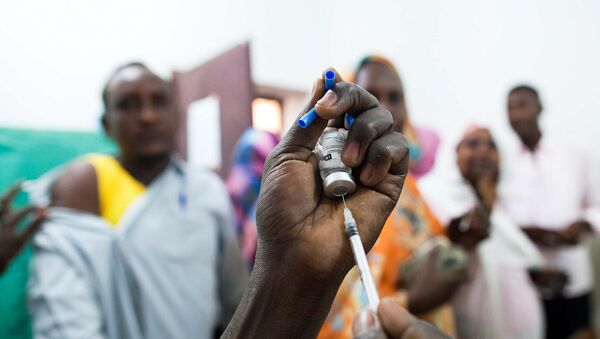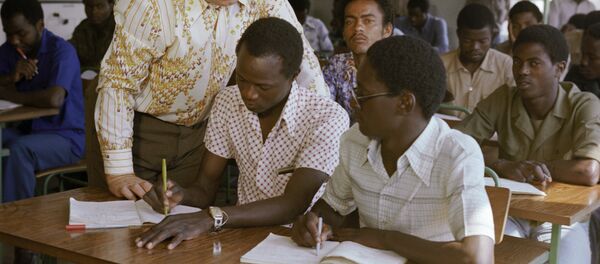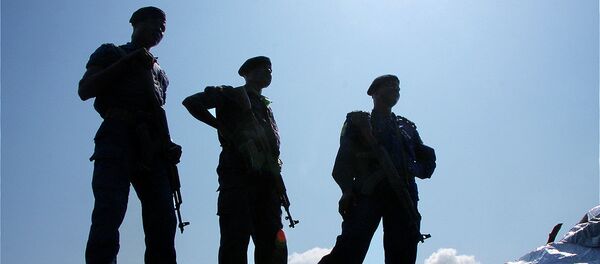The mosquito responsible for transmitting yellow fever is the same that carries the Zika virus. Symptoms can be relatively mild, a general fever or jaundice, which is where the term "yellow" comes from, but can also be as extreme as severe liver disease, with bleeding.
There is a preventative vaccine for yellow fever, but there is no treatment once the disease has been contracted. Some health groups worry that a vaccine shortage will mean an insufficient number of doses to adequately address the outbreak.
Heather Kerr, country director of the Democratic Republic of Congo (DRC) for the charity Save the Children, said in a statement, "We’ve got to urgently reach as many children and families as we can with the supplies that are left, and this is the only way we are able to do that right now," adding, "There is no known cure for yellow fever and it could go global."
The World Health Organization (WHO) launched a vaccination campaign Tuesday to vaccinate more than 14 million people in areas of need. WHO supplies are limited, and it takes some 6 months to manufacture additional vaccines.
The organization plans to compensate for this deficit by using a fifth of a dose per person, which would help stretch the vaccine supply, but would also only be effective for a period of about one year.
Emily Baumgaertner, writing for the Scientific American, reporting from the DRC, noted that regional hospitals were not testing patients to see whether they had yellow fever. Baumgaertner stated that it had been over a month since a yellow fever diagnostic test had been conducted.
The WHO is racing against the clock as the approaching October rainy season will bring more mosquitoes to breed and infect more people.
Some 10 million people are at risk for yellow fever in the DRC capital city of Kinshasa.




